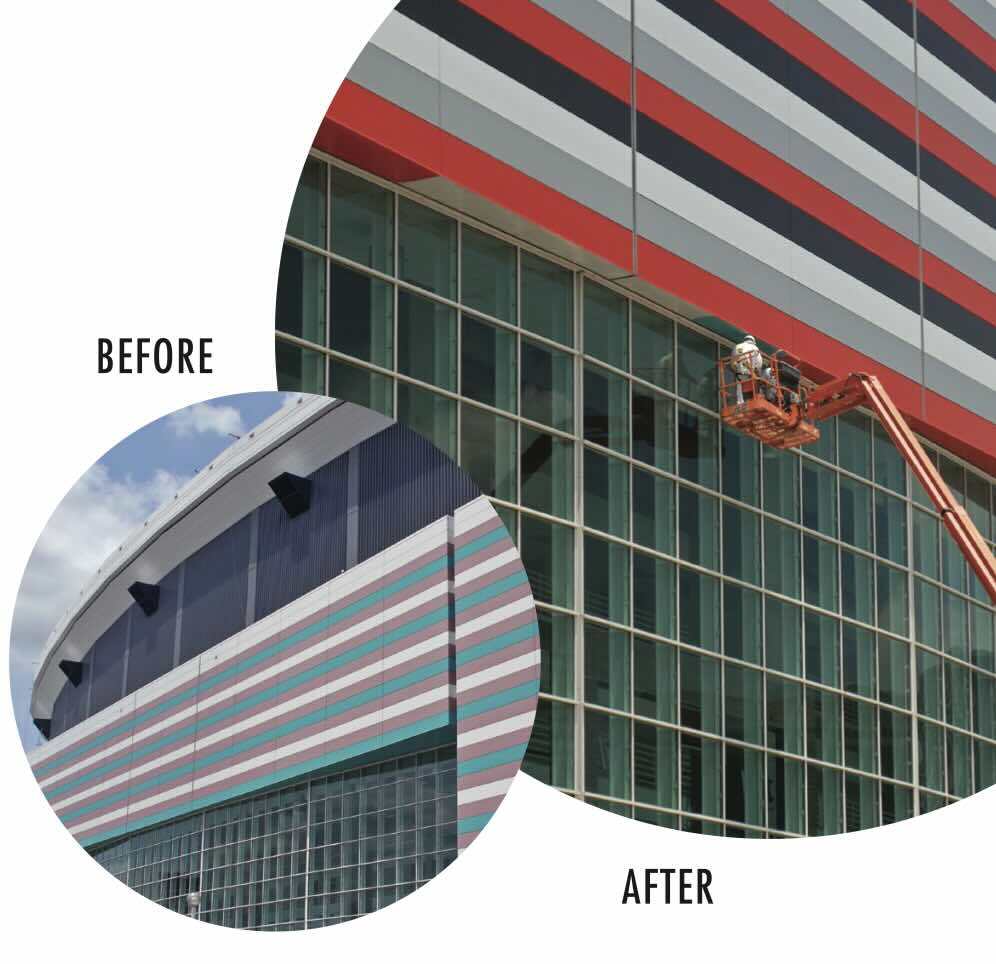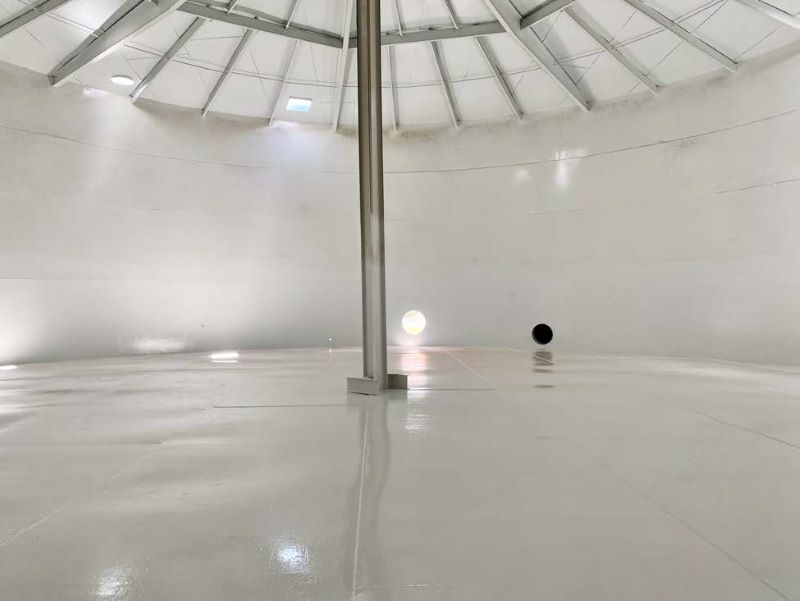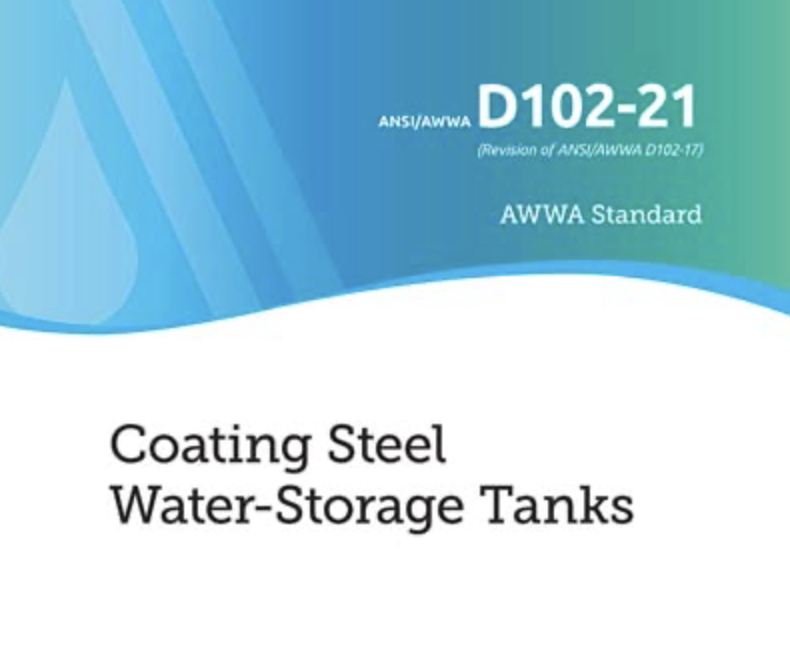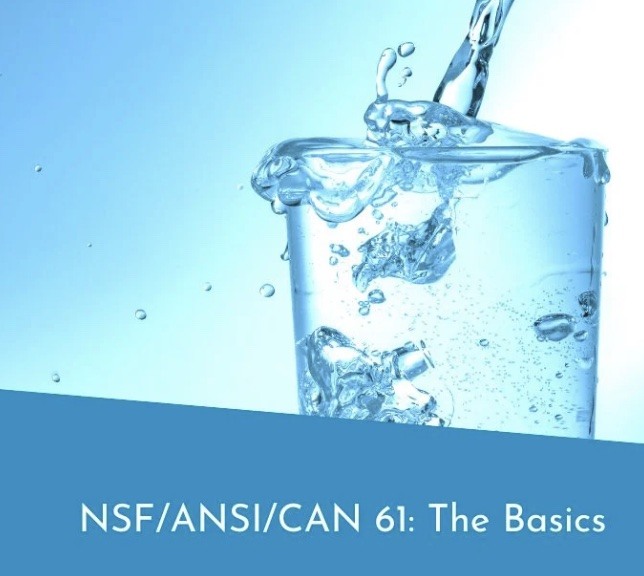
High Performance Coatings vs. Standard Interior Latex Paint: A Comparative Analysis
Explore the dynamic world of high performance coatings and how they stand up against standard interior latex paints in today's demanding environments.
- High Performance Coatings
Explore the dynamic world of high performance coatings and how they stand up against standard interior latex paints in today's demanding environments.
Understanding High Performance Coatings: Characteristics and Benefits
High performance coatings, such as Tnemec Series 1029 and Series 280, are specially formulated finishes that provide superior protection and durability compared to conventional paints. These coatings are designed to withstand harsh conditions, resist chemical spills, and prevent the growth of mold and bacteria. The benefits of high performance coatings include extended lifespan, reduced maintenance costs, and enhanced aesthetic appeal. They often contain advanced resins and additives that contribute to their robustness, making them ideal for environments that require stringent sanitation and cleanability.

Another significant advantage is their ability to retain color and gloss over time, which is crucial in commercial and industrial settings. High performance coatings are also resistant to abrasion and scratching, ensuring that walls remain pristine even in high-traffic areas. The incorporation of volatile organic compound (VOC) compliant materials makes these coatings an environmentally friendly option as well.
Overview of Standard Interior Latex Paints: Properties and Common Uses
Standard interior latex paints are widely used due to their ease of application, affordability, and water-based formulation. These paints dry quickly and have a low odor, making them user-friendly for residential and commercial projects. The common uses for standard latex paints include living spaces, bedrooms, and other low-impact areas. While they offer a variety of colors and finishes, standard latex paints are not engineered to handle the rigors of harsh environments. They can be prone to chipping, fading, and staining over time, which may necessitate more frequent touch-ups or repainting.
Additionally, standard latex paints typically have lower resistance to moisture and cleaning agents, which can be a disadvantage in areas requiring regular sanitation. Their permeability to water vapor makes them less suitable for spaces exposed to high humidity or direct water contact.
Comparative Analysis: Durability and Lifespan
When comparing the durability and lifespan of high performance coatings to standard latex paints, the differences are significant. High performance coatings are engineered to provide a tough, long-lasting finish that can withstand the test of time. They are less likely to crack, peel, or degrade, even under intense use. This resilience translates to fewer repaint cycles and a more stable appearance over the life of the coating.
In contrast, standard interior latex paints might require more frequent maintenance and can show signs of wear more readily, especially in high-traffic or demanding environments. Over time, the cost of reapplication and the associated labor for standard paints can surpass the initial investment in a high performance coating, making the latter a cost-effective solution in the long run.
Case Studies: Tnemec Series 1029 and Series 280
Tnemec Series 1029 and Series 280 stand as exemplary models of high performance interior wall finishes. Series 1029, known as Enduratone, is a water-based, high-performance architectural wall coating. It is designed for long-term protection against fading and weathering. Its exceptional durability makes it suitable for high-visibility areas and structures with rigorous maintenance schedules.
Series 280, Tneme-Glaze, is a glossy polyamine epoxy that offers outstanding chemical and stain resistance. This makes it ideal for environments that are prone to chemical exposure or require frequent, aggressive cleaning, such as hospitals or food processing facilities. Both Series 1029 and Series 280 demonstrate the advanced capabilities of high performance coatings in maintaining structural integrity and aesthetic quality under challenging conditions.
Choosing the Right Option: Cost-benefit Analysis
Selecting the right paint for an exterior project involves weighing the initial cost against long-term benefits. High performance coatings typically come with a higher upfront cost when compared to standard latex paints. However, the longevity, minimal maintenance, and superior protection they offer can result in lower costs over time.
In facilities where hygiene, durability, and appearance are paramount, investing in high performance coatings like Tnemec Series 1029 and Series 280 can yield significant benefits, compared to many lower cost options. It is essential to consider the specific needs of the environment, such as exposure to chemicals, frequency of cleaning, and traffic levels, to make an informed decision. The right choice will not only enhance the interior's resilience but also contribute to a healthier, more sustainable building environment.
LET OUR KNOWLEDGE AND EXPERTISE HELP ENSURE YOUR NEXT PROJECT IS SUCCESSFUL
Check out these other similar topics:

Interior Immersion Grade Coatings: Protecting...
Ensuring the longevity and safety of potable...

How to Meet AWWA D102 Water Tank Coating Standards
This is a guide to meeting the AWWA D102...

NSF-Approved Coatings for Potable Water Tanks
Safe and Clean drinking water is crucial, but how...